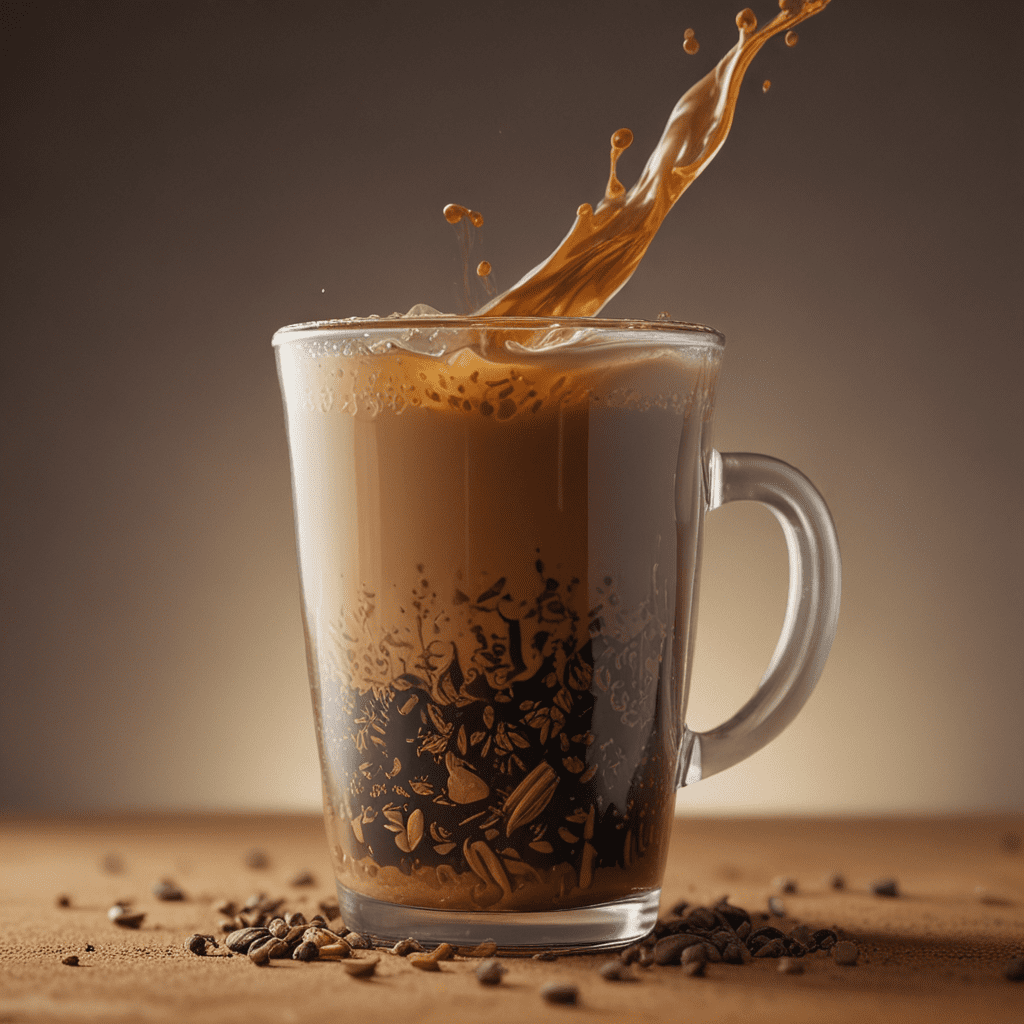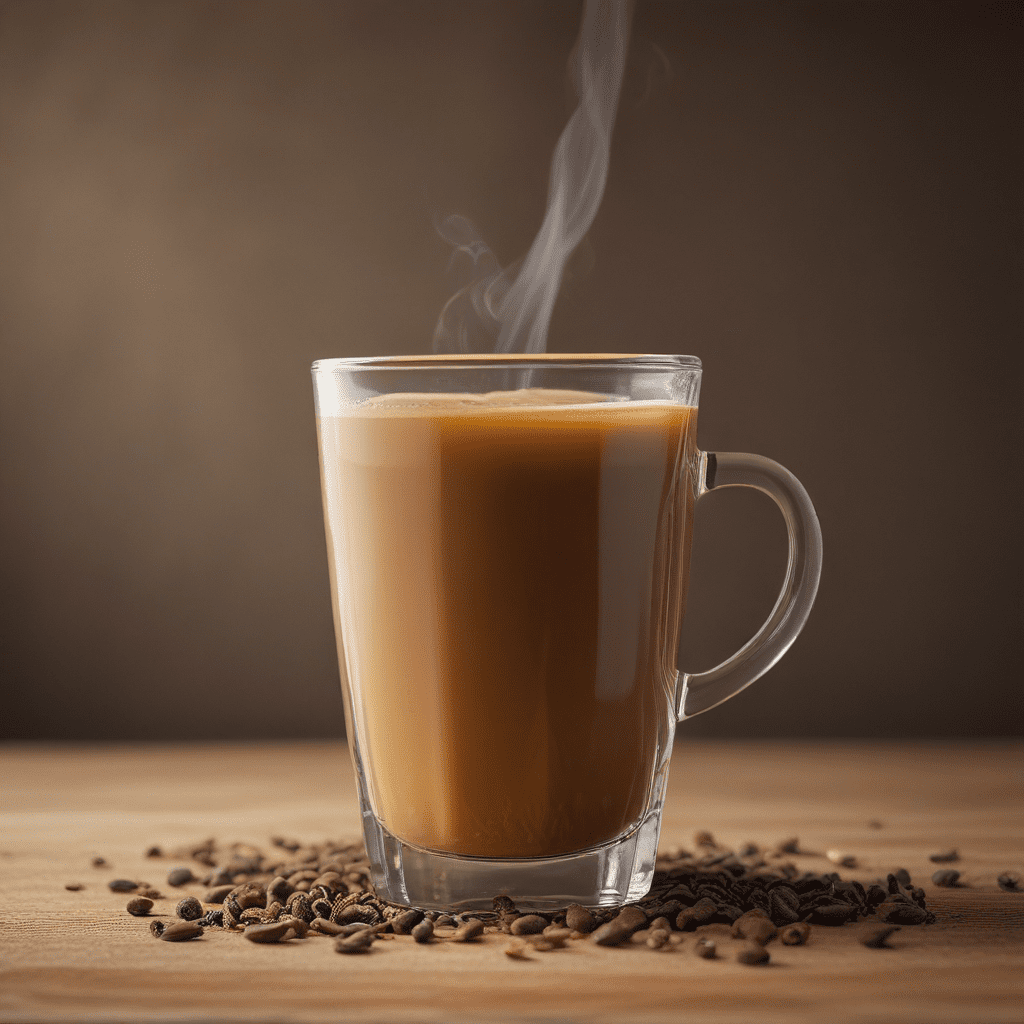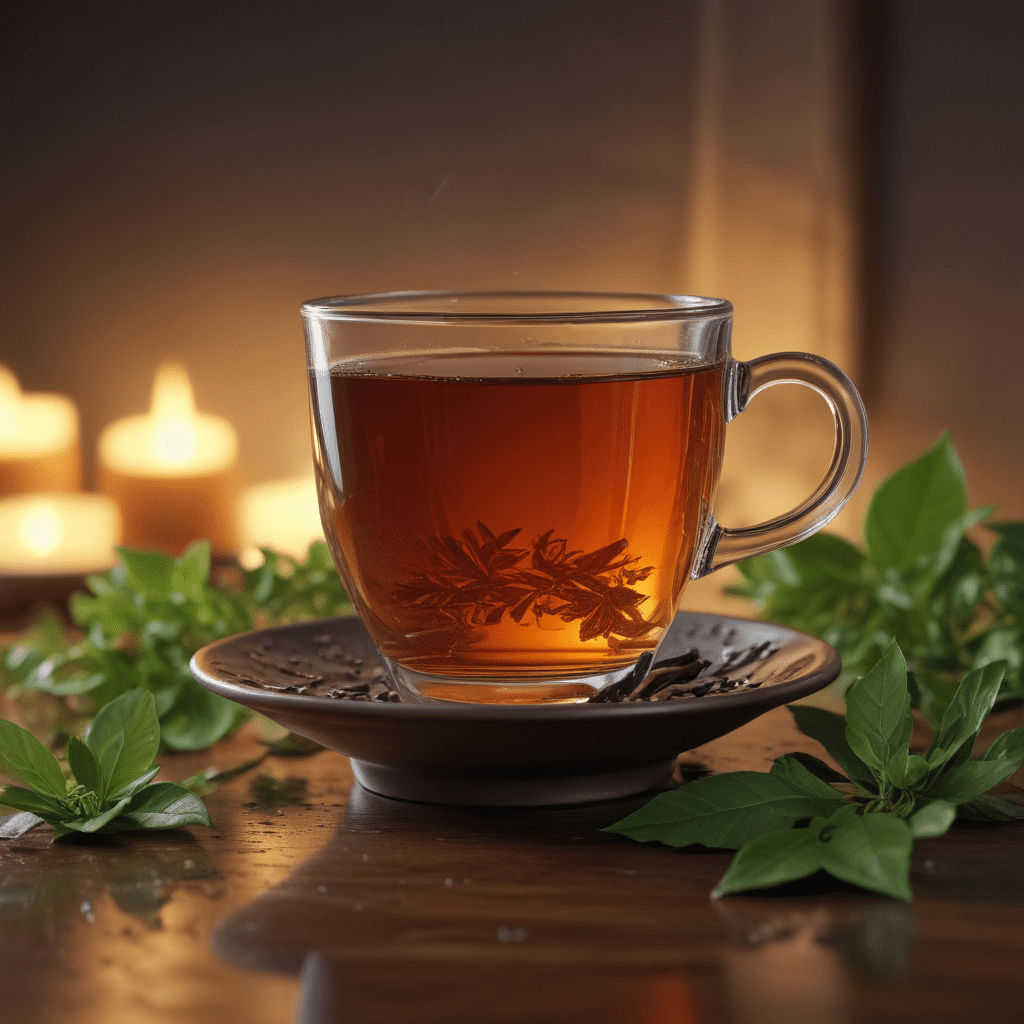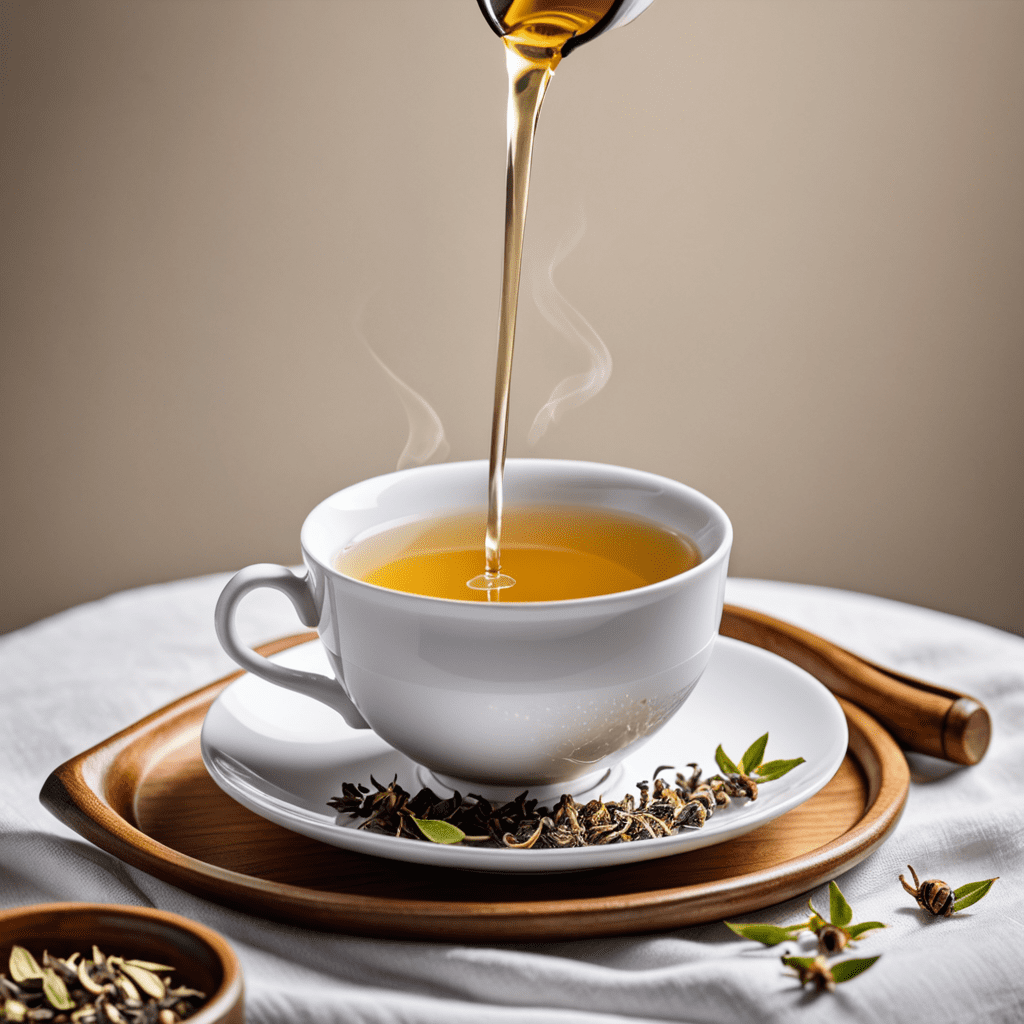
Chai Tea: A Spicy Symphony in a Cup
Chai tea, an aromatic beverage steeped in history and tradition, has captivated tea enthusiasts worldwide with its symphony of flavors and invigorating properties. Its origins trace back to ancient India, where it was revered as a healing elixir and a staple in social gatherings.
The Aromatic Spices and Ingredients of Chai
Chai tea's distinctive taste stems from a blend of aromatic spices, with each ingredient contributing a unique layer of flavor. Cinnamon, with its warm and slightly sweet notes, forms the foundation of chai. Ginger adds a zesty kick, while cardamom provides a subtle yet distinct floral aroma. Black peppercorns lend a hint of spiciness, and cloves offer a rich and pungent warmth. Other spices commonly used in chai include star anise, fennel seeds, and nutmeg, which add a touch of sweetness and complexity.
The Health Benefits: A Healing Elixir
Beyond its delectable taste, chai tea has been traditionally valued for its purported health benefits. Its ingredients, particularly ginger, cinnamon, and cloves, possess anti-inflammatory, antioxidant, and antibacterial properties. Some studies suggest that regular chai consumption may aid digestion, improve heart health, and reduce inflammation. However, it is essential to note that further scientific research is needed to substantiate these claims fully.
The Chai Culture: Social Gatherings and Traditions
Chai tea has played a pivotal role in Indian culture for centuries, serving as a social lubricant and a catalyst for meaningful conversations. In traditional Indian households, chai is offered as a gesture of hospitality and warmth. It is customary to gather around a shared pot of chai, engaging in lively discussions, sharing stories, and fostering a sense of community.
The Chai Revolution: From Streets to Cafes
In recent decades, chai tea has experienced a global resurgence, finding its way into cafes and teahouses worldwide. This trend has been driven by the increasing popularity of alternative and health-conscious beverages. The versatility of chai, which can be enjoyed hot or cold, has also contributed to its widespread appeal.
The Perfect Chai Recipe: A Guide for Connoisseurs
Crafting the perfect cup of chai requires a harmonious balance of spices and a precise brewing technique. Here's a foolproof recipe:
Ingredients:
- 4 cups water
- 1 tablespoon loose-leaf black tea
- 1 cinnamon stick
- 6-8 whole cloves
- 6-8 green cardamom pods (crushed)
- 1/2 teaspoon ground ginger
- 1/4 teaspoon black peppercorns
- 1/8 teaspoon grated nutmeg
- 1/4 cup milk (optional)
- Sugar or honey to taste (optional)
Instructions:
- Combine all the spices in a pot with water.
- Bring to a boil, then reduce heat and simmer for 15 minutes.
- Add tea leaves and simmer for another 5 minutes.
- Strain into a cup and add milk and sweetener as desired.
Chai as a Culinary Inspiration: Infusing Flavors in Food
Beyond its traditional preparations, chai has also inspired culinary creations. Its aromatic spices have found their way into desserts, pastries, and even savory dishes. Chai-infused ice cream, cakes, and panna cottas offer a delightful fusion of flavors, while chai-spiced rubs and marinades impart a unique depth to meats and vegetables.
Chai Tea: Beyond the Cup, A Symbol of Culture and Connection
Chai tea has transcended its humble origins as a beverage to become a symbol of Indian culture and hospitality. Its warmth, aroma, and healing properties have made it a beloved tradition, bridging generations and fostering connections across borders. Whether enjoyed in a traditional Indian household or a modern-day cafe, chai tea continues to captivate hearts and create moments of shared joy.
FAQ
Q: Is chai tea the same as masala chai?
A: Yes, chai tea and masala chai are essentially the same beverage. "Masala" means "mixture of spices," and it refers to the blend of spices used in the tea.
Q: What are the typical spices used in chai tea?
A: The most common spices used in chai tea are cinnamon, ginger, cardamom, black peppercorns, and cloves. Other spices, such as star anise, fennel seeds, and nutmeg, may also be added.
Q: Can I make chai tea without milk?
A: Yes, you can make chai tea without milk. Simply omit the milk from the recipe and add more water or a plant-based milk alternative.
Q: How long should I steep chai tea?
A: The optimal steeping time for chai tea is around 5 minutes. Steeping for longer periods can result in a bitter taste.
Q: How do I store leftover chai tea?
A: Leftover chai tea can be stored in a sealed container in the refrigerator for up to 3 days. Reheat over low heat or in the microwave before serving.


